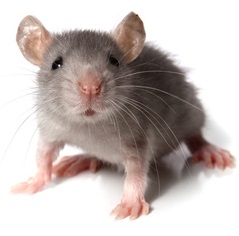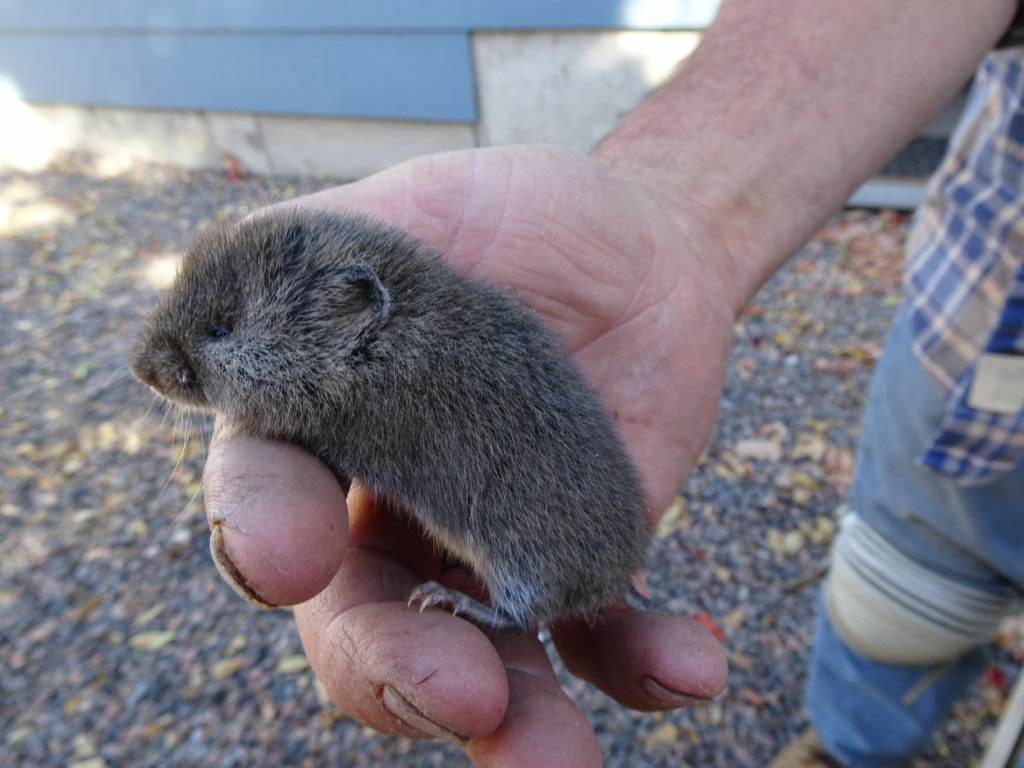Comprehensive Guide to Efficient Vole Pest Control: Invasion Recognition and Treatment Methods
In the world of effective parasite control, vole infestations present an unique obstacle that demands a calculated approach. These tiny rats, often mistaken for mice, can inflict chaos on gardens, yards, and crops if left untreated. Determining the signs of vole presence and executing targeted therapy techniques are vital elements of a successful parasite management strategy. By checking out the nuances of vole actions, comprehending crucial signs of invasion, and reviewing a series of control choices, one can establish a comprehensive strategy to deal with these elusive pests.
Recognizing Vole Habits
Vole behavior is characterized by their tunneling routines and rapid reproduction prices, making them a difficult bug to regulate successfully. Their rapid reproductive price more complicates control efforts, with women capable of producing numerous clutters in a single year, each including a number of offspring.
Voles are most active throughout the early morning and evening hours, investing most of their time foraging for food. Their delving behaviors not just interrupt yards and gardens yet additionally make them testing to detect and eliminate. Comprehending vole actions is important for reliable insect control techniques. By determining their burrow locations, keeping track of feeding areas, and applying targeted control techniques, such as trapping or habitat modification, vole problems can be managed efficiently.
Indicators of Vole Infestation

Avoidance Approaches
Applying efficient avoidance strategies is critical in reducing vole infestations and protecting vegetation from their harmful feeding practices. To stop vole infestations, it is vital to start by removing possible food resources and sanctuary.
On a regular basis checking the residential property for signs of vole activity, such as paths and delve openings, is essential for very early discovery and punctual activity. If vole task is believed, think about utilizing traps or repellents strategically placed near their paths. Employing natural killers like owls or serpents can additionally help keep vole populaces in check. By implementing a mix of these prevention garden enthusiasts, methods and house owners can efficiently safeguard their plants from vole damages.
Non-Lethal Control Techniques
To properly manage vole populaces while focusing on gentle approaches, non-lethal control techniques use useful remedies for reducing vole damage in landscapes and yards. One efficient technique is making use of physical barriers such as equipment towel or cable mesh to shield susceptible plants. These obstacles can be buried at least 12 inches deep and bent at a 90-degree angle to stop voles from burrowing beneath. Furthermore, habitat alteration can deter voles by decreasing their chosen food resources and hiding spots. Maintaining a well-mowed grass, getting rid official site of particles, and maintaining greenery trimmed can make the atmosphere less attractive to voles.

Lethal Control Options
One efficient approach for attending to vole problems in gardens and landscapes entails the calculated use of deadly control options. When faced with an extreme vole infestation that non-lethal techniques have actually failed to include, executing dangerous control measures ends up being essential. One frequently utilized lethal control option is using breeze catches. These traps are designed to promptly and humanely eliminate voles upon activation, making them a preferred choice for many garden enthusiasts and landscaping companies. To increase the effectiveness of snap catches, it is suggested to position them in areas click here for more info where vole task is high, such as along paths or near burrow entries. An additional deadly control choice is the use of poisonous lures specifically formulated to target voles. These lures contain poison that is ingested by the voles, resulting in their eventual demise. Nevertheless, caution needs to be worked out when using hazardous Extra resources baits to stop damage to non-target pets or pet dogs. Overall, when employing dangerous control options, it is necessary to do so properly and in accordance with local policies to successfully handle vole infestations.
Verdict
In final thought, effective vole bug control calls for a thorough understanding of vole habits, recognition of signs of problem, implementation of avoidance techniques, and application of both non-lethal and deadly control techniques. By combining these strategies, individuals can properly manage vole populations and shield their home from damage. It is vital to deal with vole invasions quickly to avoid more issues and reduce the influence on the surrounding environment.
Provided the intricate tunnel systems and fast recreation prices characteristic of voles, recognizing the signs of vole problem comes to be vital in effective bug control. One of the key indications of vole presence is the presence of surface paths or routes in turf or snow, commonly about 1-2 inches broad, created as voles take a trip in between their burrows and food resources.To properly take care of vole populaces while focusing on gentle approaches, non-lethal control strategies offer useful options for reducing vole damage in landscapes and gardens.One effective method for addressing vole infestations in landscapes and yards involves the strategic usage of dangerous control alternatives. vole control.In conclusion, reliable vole bug control calls for a thorough understanding of vole actions, recognition of indications of infestation, execution of avoidance approaches, and use of both deadly and non-lethal control approaches